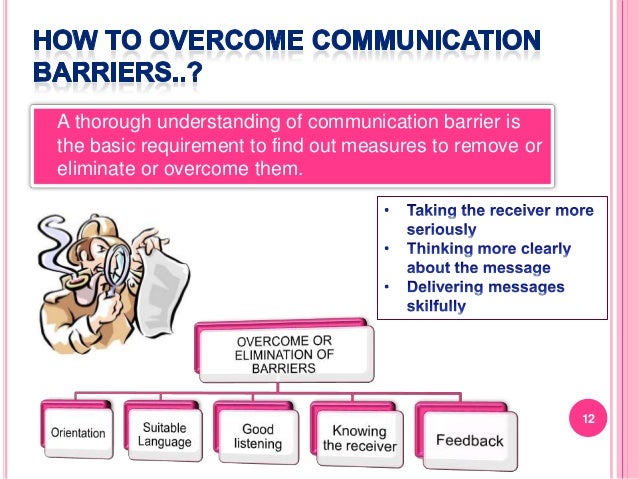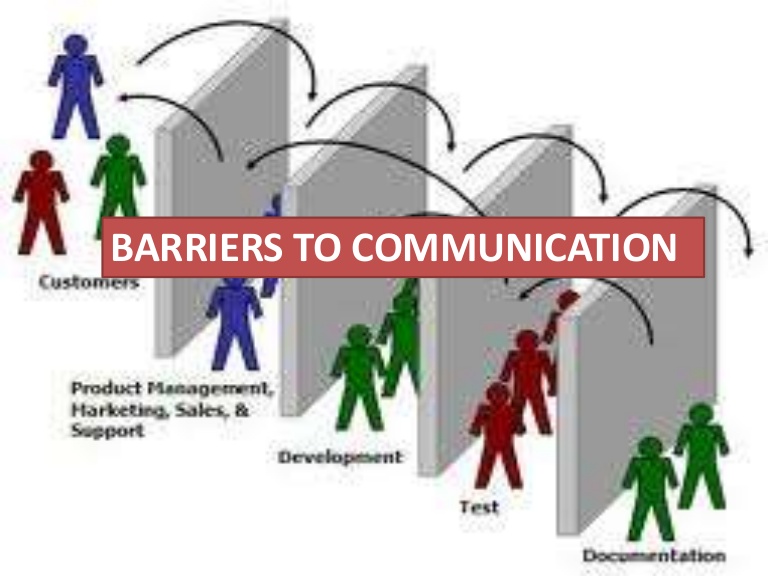Barriers To Effective Communications
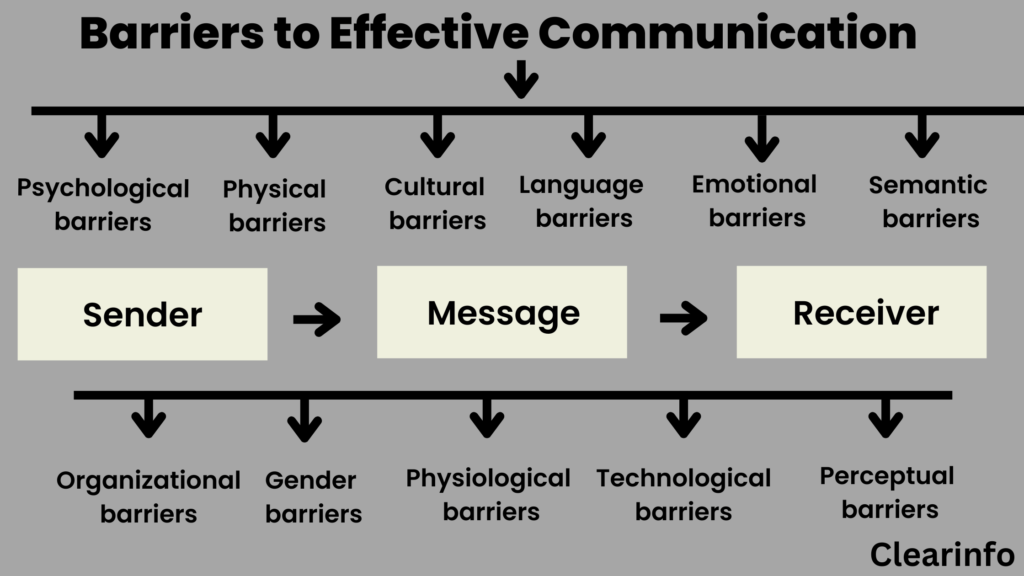
In an increasingly interconnected world, effective communication is paramount, yet ubiquitous barriers persistently hinder the clear and concise exchange of information. From misinterpretations in global business deals to life-altering misunderstandings in healthcare, these obstacles exact a heavy toll on productivity, relationships, and even safety.
This article delves into the multifaceted barriers to effective communication, drawing on expert insights and research to illuminate the key challenges organizations and individuals face. We'll examine how these barriers manifest across different contexts, and, finally, explore potential strategies for overcoming them to foster more meaningful and productive interactions.
The Landscape of Communication Barriers
At its core, communication is a complex process involving a sender, a message, a channel, and a receiver. Barriers can arise at any point in this chain, distorting the intended message and leading to confusion, frustration, and inefficiency.
One of the most pervasive barriers is noise, encompassing both physical distractions like loud environments and psychological noise such as biases, preconceptions, and emotional states. According to a study by the Project Management Institute (PMI), poor communication contributes to nearly 60% of project failures, with noise often playing a significant role.
Semantic Barriers: Words Matter
Semantic barriers emerge from the ambiguity and misuse of language. Jargon, technical terms, and culturally specific idioms can easily lead to misunderstandings, especially when communicating across different backgrounds.
Consider the infamous example of the Chevrolet Nova, which reportedly failed to sell well in Latin American countries because "no va" translates to "it doesn't go" in Spanish. This illustrates the critical importance of linguistic sensitivity and cultural awareness in international communication.
Psychological Barriers: The Mind's Eye
Psychological barriers stem from the individual's mental state, attitudes, and perceptions. Preconceived notions, biases, and emotional reactions can significantly distort how messages are received and interpreted.
For instance, selective perception occurs when individuals only hear or acknowledge information that aligns with their existing beliefs, filtering out contradictory or uncomfortable truths. This can be particularly problematic in organizational settings where honest feedback is crucial for improvement.
Physical Barriers: Obstacles in the Environment
Physical barriers are tangible obstacles that impede the flow of communication. These can include geographical distance, technological limitations, and even poorly designed office spaces.
While technology has undoubtedly bridged many geographical gaps, relying solely on digital communication can also create new barriers. Lack of face-to-face interaction can lead to misinterpretations of tone and body language, increasing the potential for misunderstandings.
Organizational Barriers: Hierarchies and Structures
Organizational structures and hierarchies can also impede effective communication. Formal communication channels, while necessary, can sometimes be slow and cumbersome, hindering the timely exchange of information.
Moreover, power dynamics can discourage employees from speaking openly and honestly with superiors, leading to a lack of transparency and accountability. A study by McKinsey found that organizations with strong internal communication practices were 25% more likely to have higher employee productivity.
Overcoming the Hurdles
Addressing communication barriers requires a multifaceted approach that focuses on improving clarity, empathy, and active listening skills. Training programs, communication audits, and feedback mechanisms can help organizations identify and address specific areas for improvement.
Furthermore, cultivating a culture of open communication, where employees feel safe to express their opinions and concerns, is essential.
"The single biggest problem in communication is the illusion that it has taken place,"wrote George Bernard Shaw, highlighting the importance of ensuring that messages are not only sent but also accurately received and understood.
Technological solutions can also play a role, but they should be used strategically to complement, not replace, human interaction. Investing in user-friendly communication platforms and providing training on effective digital communication etiquette can enhance collaboration and reduce misunderstandings.
Looking Ahead
As the world becomes increasingly complex and interconnected, the ability to communicate effectively will become even more critical. Organizations and individuals must proactively address communication barriers and invest in strategies to foster clearer, more meaningful interactions.
By embracing a culture of empathy, active listening, and continuous improvement, we can overcome these challenges and unlock the full potential of human connection.
Continued research and innovation in communication technologies and techniques will also play a vital role in shaping the future of effective communication. The focus must remain on enhancing human understanding and collaboration, ensuring that information is not just transmitted, but truly shared.
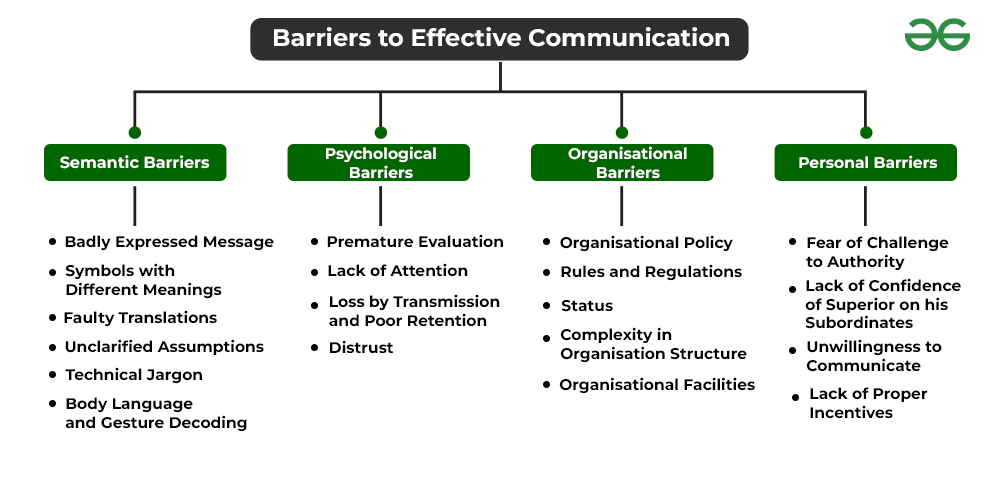
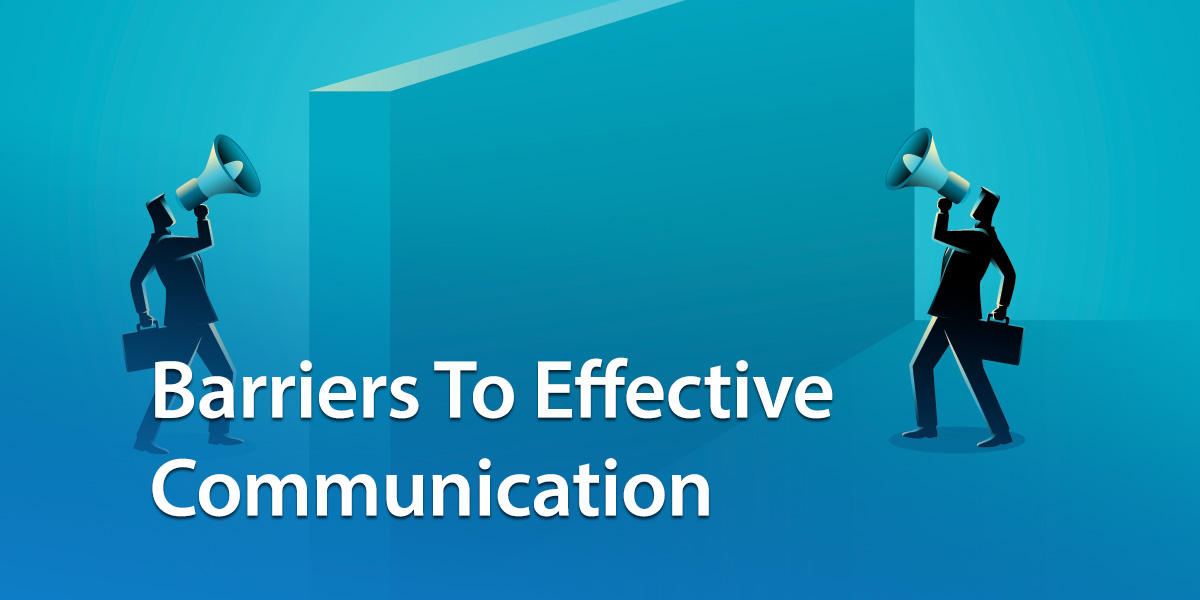

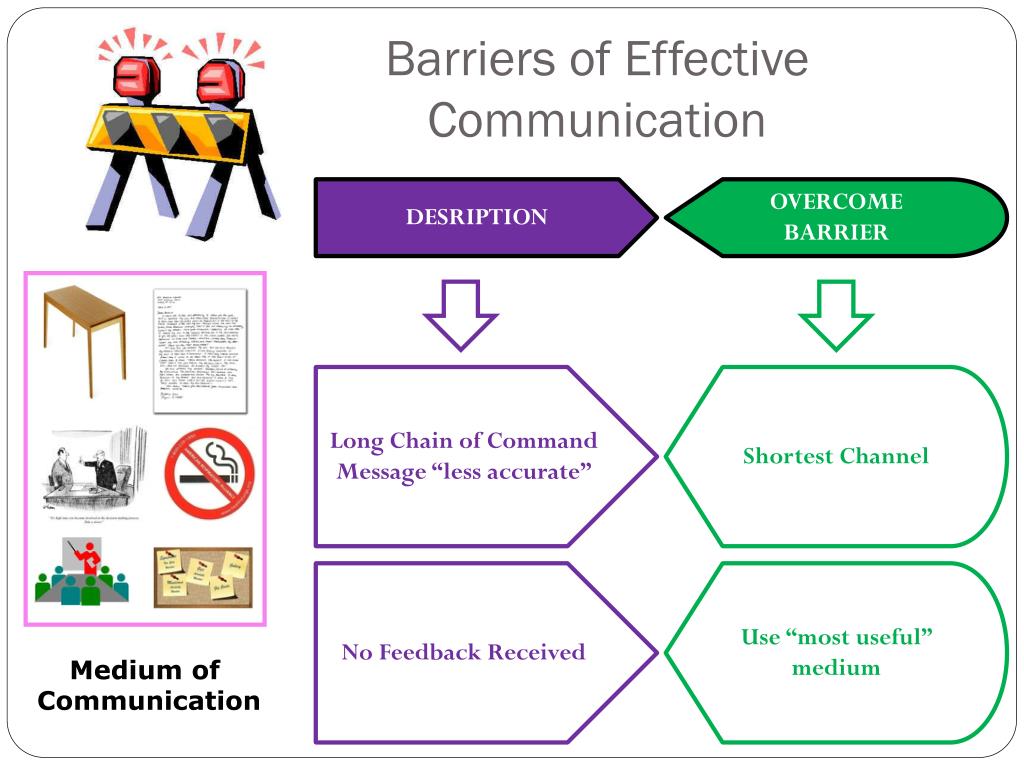
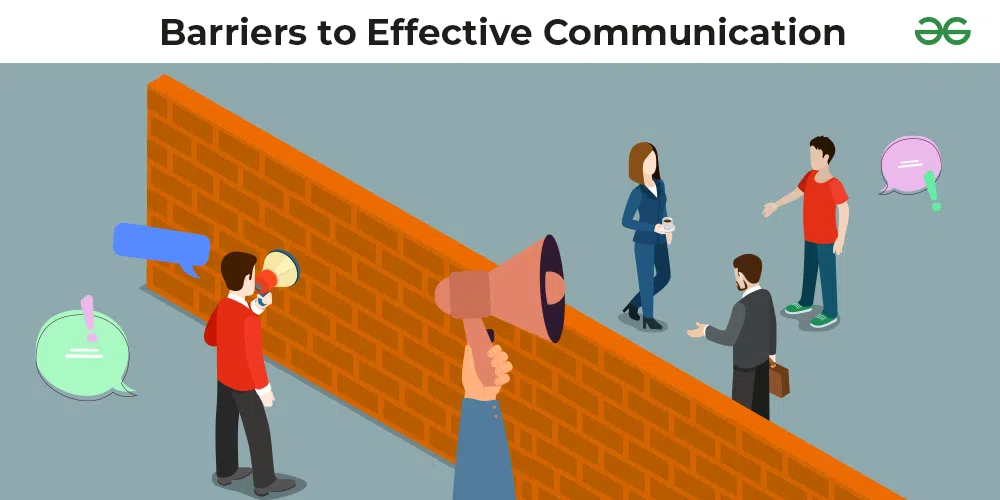
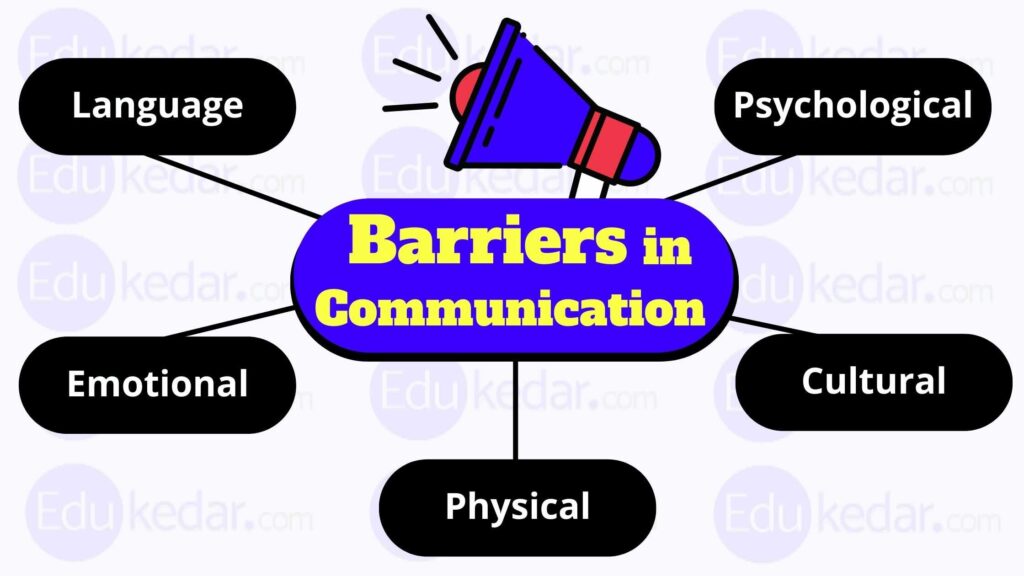



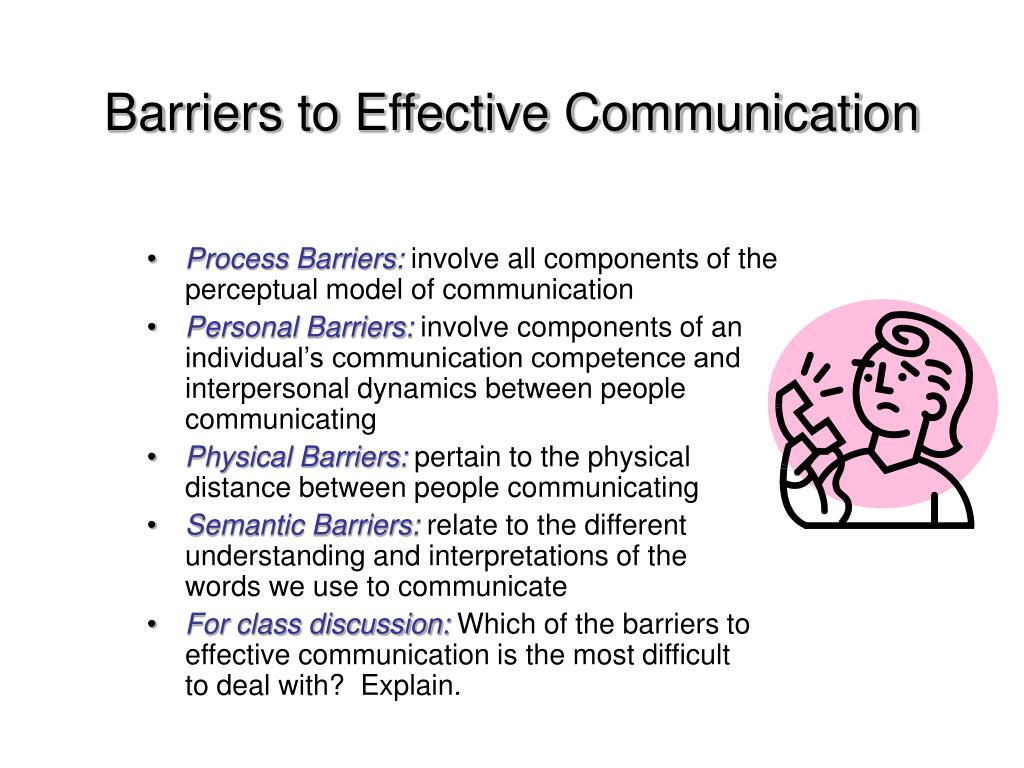

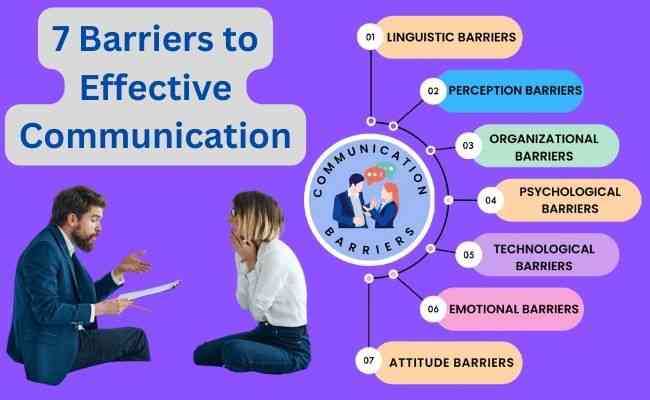

.webp)
